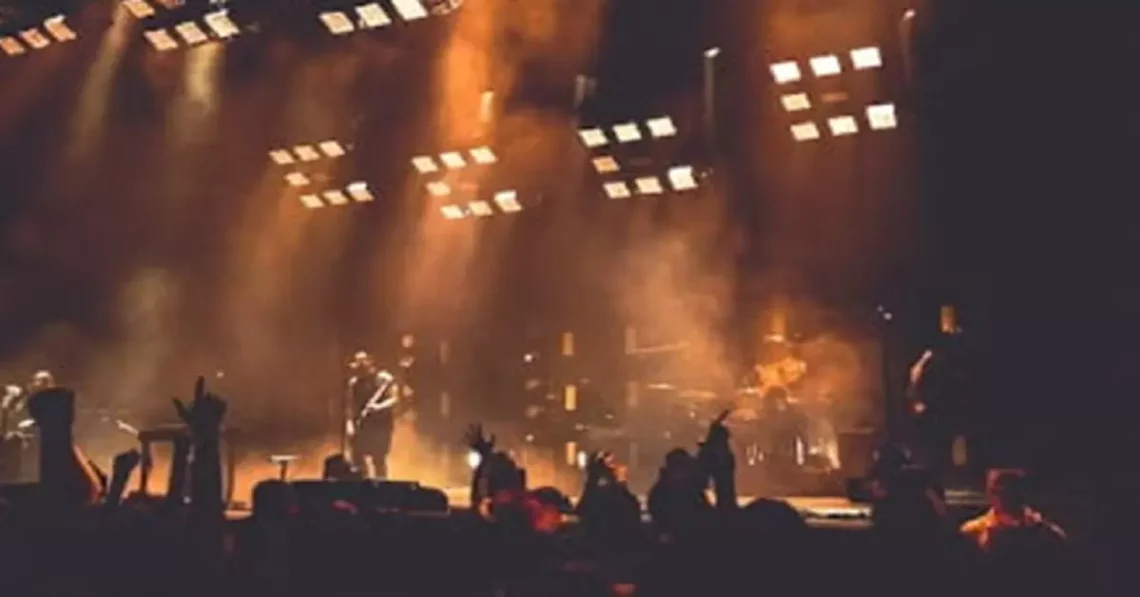Stage lights are not merely tools that illuminate a performance; they are the unsung heroes that guide the spotlight onto the stage, setting the tone and enhancing the overall experience for the audience. In this article, we will embark on a comprehensive journey through the various Types of stage lights, exploring their functions, impact, and the evolving landscape of stage lighting.
The Basics of Stage Lights
Before delving into the types of stage lights, it’s crucial to understand the basics. Stage lights serve more than just the purpose of brightening a stage; they play a pivotal role in creating ambiance, emphasizing performers, and evoking emotions. Common types of bulbs used include incandescent, fluorescent, and LED, while key components of a stage lighting system encompass fixtures, controls, and power sources.
Types of Stage Lights
Spotlight
-
- Definition: A concentrated beam of light that highlights a specific area or performer on stage.
- Application: Ideal for solo performances or drawing attention to a particular element.
Floodlight
-
- Definition: Provides a broad, even illumination across a wide area.
- Application: Suited for general lighting of a stage or creating a wash of color.
Fresnel Light
-
- Definition: Utilizes a lens with concentric rings to produce a soft-edged beam.
- Application: Effective for a smooth wash of light on a specific area without harsh shadows.
Parabolic Aluminized Reflector (PAR) Light
-
- Definition: Produces a powerful, focused beam of light with adjustable beam angles.
- Application: Versatile for various stage setups and can be used for both flood and spot lighting.
Ellipsoidal Reflector Spotlight (ERS)
-
- Definition: Employs an ellipsoidal reflector to create a sharp-edged beam.
- Application: Ideal for precise and controlled lighting, often used for highlighting specific props or actors.
Moving Head Light
-
- Definition: Dynamic lights that can pan, tilt, and change colors during a performance.
- Application: Adds movement and excitement to the stage, commonly used in concerts and dynamic productions.
Gobo Light
-
- Definition: Projects patterns or images onto the stage.
- Application: Enhances visual appeal by creating intricate patterns or thematic elements.
LED Stage Lights
-
- Definition: Light-emitting diodes (LEDs) used for energy-efficient and versatile lighting.
- Application: Widely used for their color-changing capabilities and low energy consumption.
Intelligent Lights
-
- Definition: Automated lights with programmable features.
- Application: Offers dynamic lighting effects and can be synchronized with music or performances.
Choosing the Right Stage Lights
Selecting the appropriate stage lights involves considerations like venue size, color temperature, and energy efficiency. Understanding the venue’s dimensions ensures the lights adequately cover the stage, while paying attention to color temperature impacts the mood and visibility of the performance.
Setting the Stage: Lighting Techniques
Front Lighting
-
- Illuminating performers from the front, ensuring visibility and clarity.
Backlighting
-
- Placing lights behind performers, creating silhouettes and depth.
Side Lighting
-
- Illuminating performers from the side, highlighting textures and creating shadows.
Top Lighting
-
- Lights from above, emphasizing facial features and creating a natural appearance.
The Evolution of Stage Lighting
The journey through types of stage lights is incomplete without acknowledging the evolution of this essential aspect of performances. From the rudimentary use of candles in ancient theaters to the cutting-edge technology of today, the history of stage lighting is a fascinating narrative.
Trends in Stage Lighting
Sustainable Lighting Solutions
-
- The industry’s shift towards eco-friendly and energy-efficient lighting options.
Integration of Technology
-
- Incorporating smart technology for more dynamic and synchronized lighting effects.
Impact of Stage Lighting on Performances
The influence of stage lighting goes beyond mere visibility. It actively contributes to the atmosphere, visual appeal, and emotional resonance of a performance. By manipulating light, stage designers can transport the audience into different worlds and evoke a myriad of emotions.
Challenges in Stage Lighting
While stage lighting is transformative, it’s not without challenges. Technical issues, budget constraints, and environmental considerations pose ongoing challenges for lighting technicians. Overcoming these obstacles requires a blend of technical expertise and creative problem-solving.
The Future of Stage Lighting
As technology continues to advance, the future of stage lighting holds exciting possibilities. Innovations in lighting technology promise even more dazzling displays and immersive experiences for audiences worldwide. The integration of augmented reality and artificial intelligence may revolutionize the way stage lighting is approached in the coming years.
Conclusion
In this enchanting realm of stage lights, where beams intertwine with the rhythm of music and shadows waltz with the performers, the magic is not just in the illumination but in the seamless fusion of technology and artistic expression. It’s a symphony of light that transforms a mere stage into a canvas of emotions and narratives. The interplay between the various types of lights orchestrates a visual ballet that captivates the audience, making each performance a unique and unforgettable experience. So, the next time you find yourself immersed in the enchanting glow of a spotlight or mesmerized by the dynamic movements of intelligent lights, remember that you are witnessing the harmonious collaboration of craftsmanship, innovation, and the sheer magic of stage lighting.





